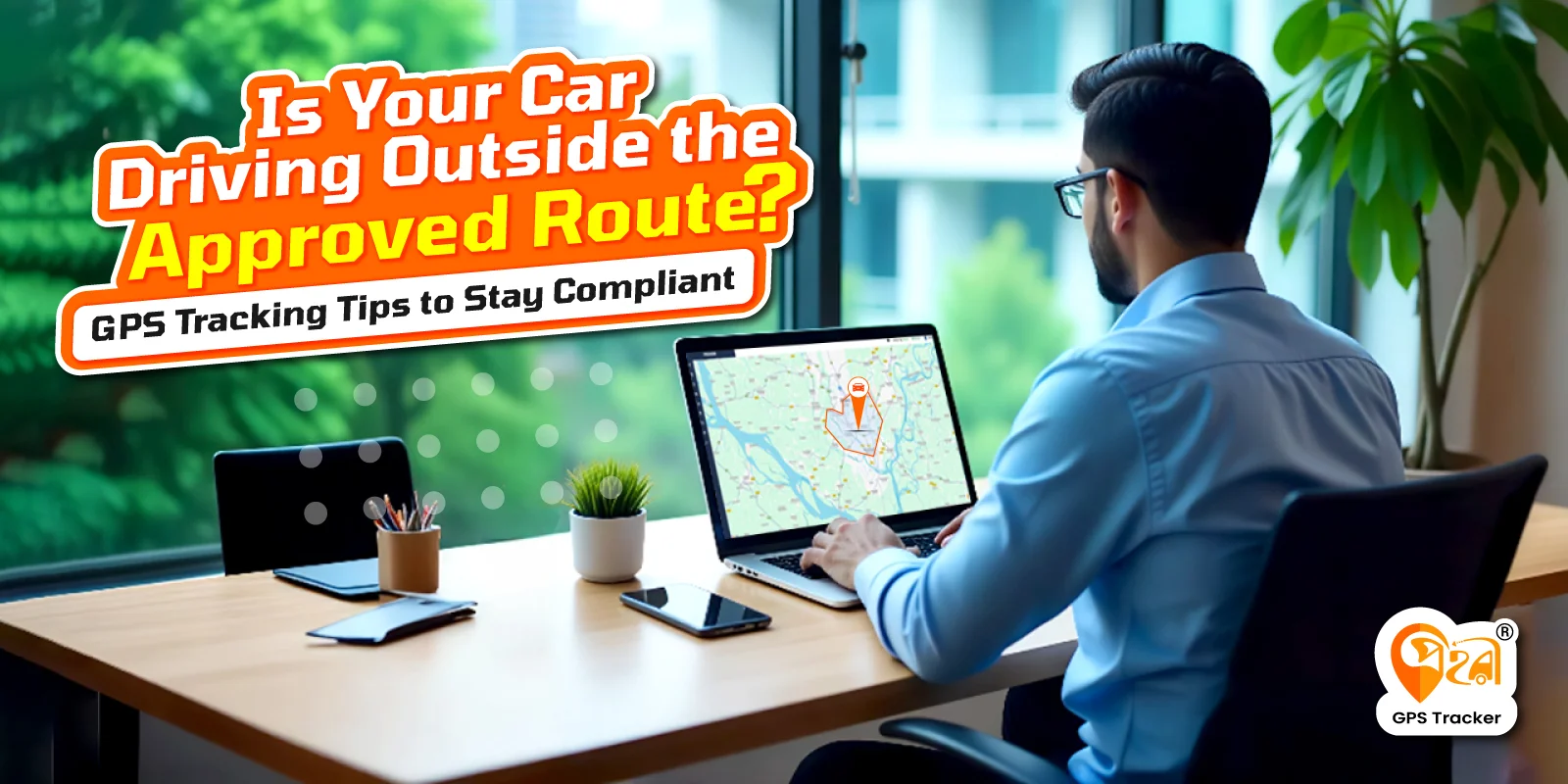A GPS Tracking System for Digital Fleet Management is vital in logistics, transportation, and delivery, where fast, accurate operations are essential and seamless. In the past, managers used paper logs, notes, and calls to monitor vehicles, causing errors and delays. Today, digital tools have smartly transformed fleet management effectively. GPS, telematics, AI, and powerful cloud software enable real-time vehicle tracking, route planning, and driver monitoring.
Companies can also manage fuel and maintenance more intelligently. Moving to scalable digital platforms has significantly saved time, cut costs, and improved service. This article explores how digital fleet management has evolved and how this change ultimately helps businesses grow.
What is Fleet Management?
Fleet management oversees corporate vehicles to maximize efficiency, safety, and cost-effectiveness. It involves GPS tracking, route optimization, driver monitoring, maintenance scheduling, and fuel management, while ensuring legal compliance. Modern Fleet Management leverages digital tools and software for real-time insights and data-driven decisions. These solutions help businesses reduce expenses, enhance customer service, and improve performance in logistics, delivery, and transportation industries.
What is Fleet Management Dashboard?
A Fleet Management dashboard is a centralized platform offering real-time insights into vehicle operations, driver performance, and overall fleet health. It consolidates GPS data, fuel usage, supervision timetables, and observation metrics into interactive visuals.
Managers can monitor vehicle locations, detect issues like excessive fuel consumption, and receive automated alerts for service or regulatory deadlines.
By integrating telematics, IoT sensors, and fleet software, the dashboard supports predictive analytics, AI-driven route planning, and automated maintenance. Serving as a command center, it empowers businesses to cut costs, enhance safety, and make smarter, data-driven decisions.
The Paper-Based Period: Manual and Time-Consuming
Early fleet management depended entirely on manual processes. Managers relied on paper documents to track every detail of vehicle operations. Each vehicle had its own logbook for recording maintenance needs, fuel usage, and driver activity. Dispatchers communicate with drivers via landline telephones or CB radios, consuming valuable time and effort. Every day, managers spent hours gathering and interpreting data from these handwritten logs.
This method made it hard to react quickly to unexpected problems on the road. Without real-time information, managers often had to wait until the end of the day or week to review performance and route details. They rarely knew exact vehicle locations or operational efficiency, and manual entry led to errors and confusion.
As companies grew and transportation needs became more complex, these paper-based systems proved too slow and inaccurate. Businesses needed faster, smarter, and more reliable fleet management solutions.
The Rise of Basic Digital Tools
In the 1990s and early 2000s, fleet management started to go digital. Companies began using Excel sheets instead of paper logs. Barcode and RFID systems helped track vehicles and inventory. Mobile phones made it easier for drivers to stay in touch with their teams. Basic GPS systems allowed managers to see where vehicles were.
These tools were simple but helpful. They made work faster and more organized. Businesses started to see that technology could save money and improve safety.
Telematics Brings a New Era in GPS Tracking System for Fleet Management
In the late 2000s and early 2010s, telematics changed fleet management. Telematics integrates GPS, onboard sensors, and internet connectivity to transmit live vehicle data. Managers could track vehicles live on a map. They could also check engine health, fuel use, and tire pressure. Driving habits like speeding or harsh braking were recorded. Alerts were sent if vehicles entered or left the set zones. Reports were created automatically. These tools help companies save time, reduce costs, and improve safety and customer service.
Digital Dashboards and Cloud-Based Platforms
Digital Fleet Management has entered the era of cloud-based dashboards and AI-powered tools. These systems offer full control and real-time visibility from a single digital platform. Managers can track vehicles, monitor drivers, optimize routes, and schedule maintenance—all in one place. Cloud storage assures safe entrance to data from anywhere.
AI helps predict issues before they happen, while mobile apps keep drivers and managers connected. Compliance is easier through automated logs and reports. Advanced dashboards bring together key metrics, making it easier to spot trends and make smart decisions. Data is shown clearly, reducing human error and improving teamwork. These tools also connect with systems like ERP and fuel management, leading to better performance, fewer breakdowns, lower costs, and smarter fleet planning across regions or countries.
Benefits of Digital Fleet Management
Adopting digital fleet management boosts efficiency, cuts expenses, and enhances safety. Automated tracking and real-time reports cut manual work. Companies can spot fuel waste, plan maintenance, and reduce downtime. IoT sensors in vehicles monitor fuel use, engine health, and tire pressure. Data from these sensors flows to central systems. Big data tools analyze this information, revealing patterns for predictive maintenance and eco-friendly decisions.
Alerts warn managers of issues before they escalate. Better routing reduces fuel use. Cloud-based platforms scale easily as fleets grow. Together, digital, IoT, and big data solutions boost performance, cut expenses, and enhance customer service.
Case Study: Sundarban Courier Service Uses Prohori GPS Tracker
Sundarban Courier Service is now operating Prohori GPS tracking to supervise their delivery vehicles in real time. This upgrade helps them plan better routes, save fuel, and deliver parcels faster. Customers are happier because they get their parcels without delay. It’s a clear example of how local courier services are improving their operations with smart technology.
Conclusion
Fleet management has evolved from paper logs to advanced digital dashboards, transforming operations with real-time data, automation, and predictive analytics. Modern systems integrate GPS, telematics, IoT, and AI to optimize routes, monitor vehicle health, and ensure compliance. These tools reduce costs, minimize downtime, and enhance safety and sustainability. By automating routine tasks, managers can concentrate on strategic planning and innovation.
As businesses choose fleet management solutions, they must consider factors like fleet size, required features, and budget. With the right software in place, companies can streamline operations, boost efficiency, and drive growth in an increasingly competitive and dynamic environment.


